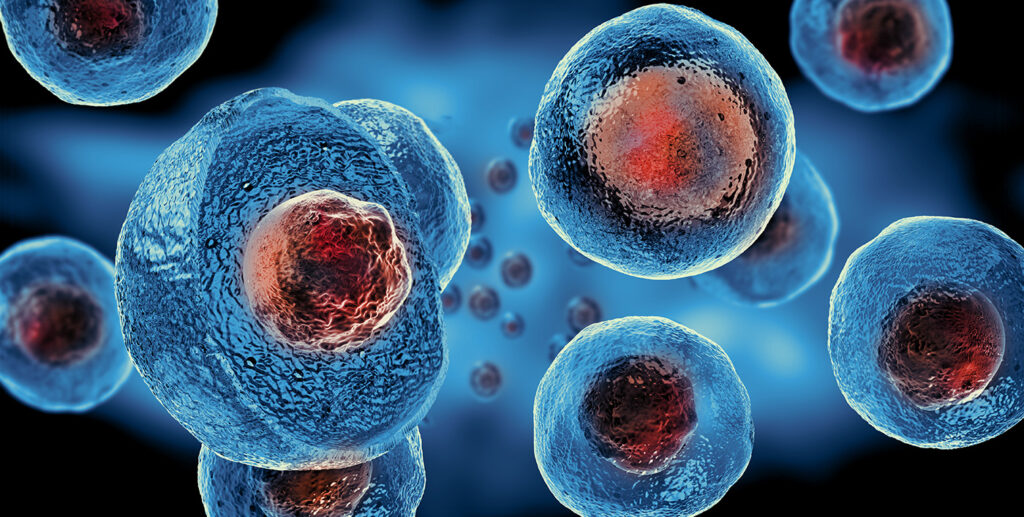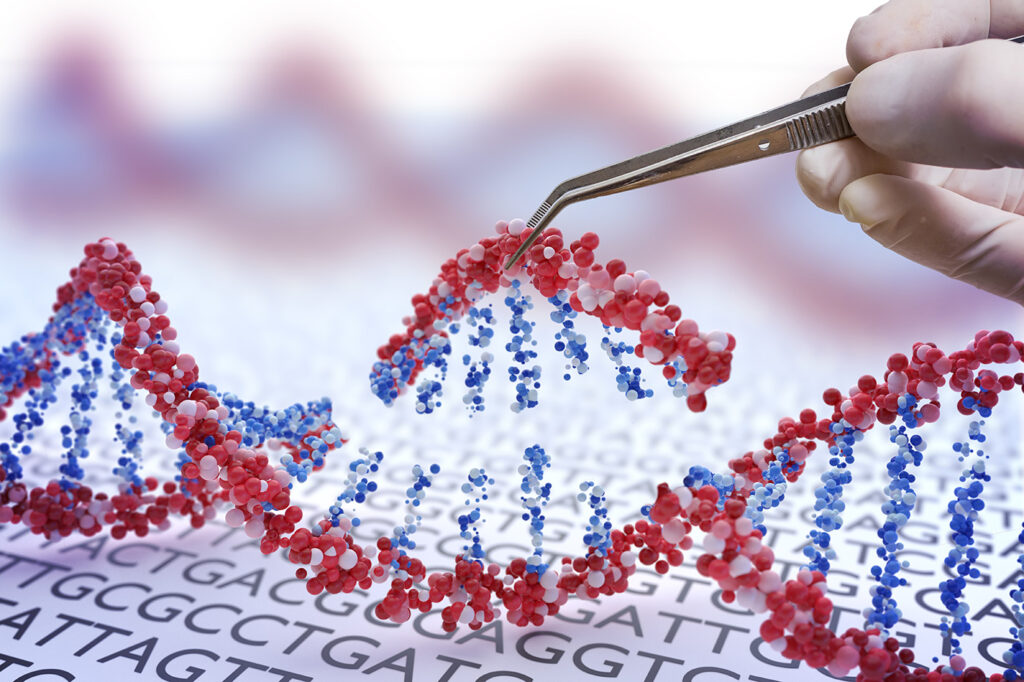The newly discovered RNA-guided genome editing system known as CRISPR-Cas9 allows efficient and precise targeting of specific genes and offered numerous benefits over the previously used Gene Therapy systems.
Gene Therapy
Gene Therapy is a system that involves alteration of the DNA or RNA of an organism to facilitate therapeutic uses. It can be used for the treatment or preventative of different diseases by allowing the correction, deletion, addition, or replacement of target genes. This produces multiple disabling mutations in the target pathogen genomes, which allow efficient combat of otherwise untreatable infections and allowing therapeutic and somatic mutations. Numerous studies have found Gene therapy to be effective against pathological conditions like cancer, AIDS, Diabetes, Neurological conditions, Cardiac Failure, and hematological disorders.

The most common tools for gene therapy include those which enable missing gene functions to be restored by allowing viral transgene expression and the RNA interference tool, which allows the mediation of defective genes in a genome by eliminating them from the target messenger RNA. These tools have been used previously for the treatment of monogenic recessive disorders, which negatively impact the hematopoietic system like the SCID and Wiskott – Aldrich syndrome. This is made possible by the addition of certain functional genes into the hematopoietic stem cells. Moreover, the RNA Interference tool has also been used for the repression of certain cancer-causing genes, along with those which may be involved with conditions like age-related macular degenerations and transthyretin amyloidosis.
However, the ability of gene therapy tools to add or eliminate the exogenous copy of DNA into the target site may lead to side effects like insertion mutations and non-physical expression of proteins. (1)
CRISPR Gene Editing
The CRISPR/Cas system is a gene-editing system that compromises a guide RNA which allows the specific targeting of a gene, and a CRISPR-associated protein, which is essentially an endonuclease causing the double strand of the target DNA to break and allow it to be manipulated. This system is comparatively new compared to the traditional Gene therapy systems and was first applied to the mammalian cells in the year 2013, after being adopted from the natural immune defense system model of the microbial species.

As mentioned above, the two main components of the CRISPR system include an endonuclease, which may be further divided into catalytic domains like RuvC and HNH. The other main component of the system is the single guide RNA, which is derived from the CRISPR RNA, also known as the cRNA, and the transacting CRISPR RNA.
The mechanism of action of a popularly used CRISPR system like the CRISPR-Cas9 system involves the direction of the Cas9 protein to the target site, which then leads to the breaking of the DNA double-strand. After manipulation of the DNA, it is repaired with the help of either the homologous-directed repair or non homologous end joining system. When the two repair mechanisms are compared, the homologous-directed repair is more precise, while the non-homologous end-joining may involve greater chances of error and allow room for small mutations along the process. (2)
CRISPR System V/S Gene Therapy
CRISPR System is More Convenient
Gene Editing Systems like the CRISPR system are considered much more convenient and user-friendly as compared to traditional Gene Therapy systems like the RNAi. This is because it only involves the designing of a complementary sgRNA which requires much less work as compared to the Gene Therapy systems.
Multi-Plexing Ability of the CRISPR System
Gene Editing systems like CRISPR allow multiplexing, which involves the targeting of multiple genomic loci by multiple sgRNA at a time. This allows the CRISPR system to target and edit different genomic loci in a parallel manner and proves to be much more efficient than the Gene Therapy systems.
Cut and Paste Strategy of Gene Editing Tools
The Gene Therapy systems involve the correction of a defected gene by insertion of a healthy version, with the aim of removing the effects of the mutation. However, a setback of this is that the disease-related genes still remain in the genome. On the contrary, the Gene Editing tools allow the correction, replacement, or removal of the mutated gene on a DNA level by using a ‘cut and paste strategy.’ This does not only enable the Gene Editing system to remove the error in the genes, but it may also allow the simultaneous installation of the correct one, which makes it a preferential tool to the traditional Gene Editing systems.
Temporary Effects of Gene Therapy
The popular Gene therapy system like the RNA interference tool is considered convenient by many and allows the in vivo alteration of gene expression. However, as compared to the newer gene-editing tools, the effects of the RNA interference Gene Therapy is short-lived, temporary, and may only be limited to the elimination of transcribed genes.
Targeted Effects of CRISPR-Cas System
When compared to the Gene therapy tools, which involve the addition of an entire healthy gene into the genome, the CRISPR-Cas system is much more targeted in its approach and allows efficient and precise editing of the specific gene that may be causing the problem. Moreover, since the CRISPR system is derived from a prokaryotic origin, it does not cause interaction with the eukaryotic components, which leads to much fewer off-target effects. (3)
Greater Chances of Mutagenesis By Gene Therapy
Gene Therapy has been linked to greater chances of Mutagenesis at its site of insertion, which may result in significant dysregulation of the transgene expression.
Inability of Gene Therapy System to Completely Repress Gene Expression
Gene Therapy systems like RNAi are often unable to completely repress the expression of a particular disease-causing gene, which may lead to insufficient protection or cure from the disease, especially for those conditions that require a complete ablation of gene function.
Greater Safety Concerns With Gene Editing Technology
Due to the lack of target specificity of the Gene therapy tools like RNAi, it may lead to possible safety concerns, as it may not only decrease the effectiveness of the targeted treatment but also increase the chances of unwanted mutations and side effects of the therapy. In comparison, due to the high specificity of the Gene editing tools, it has the ability to only alter the target gene and hence is considered a safer option out of the two.
References:
- Gonçalves GAR, Paiva RMA. Gene therapy: advances, challenges and perspectives. Einstein (Sao Paulo). 2017;15(3):369-375. doi:10.1590/S1679-45082017RB4024
- Redman M, King A, Watson C, King D. What is CRISPR/Cas9?. Arch Dis Child Educ Pract Ed. 2016;101(4):213-215. doi:10.1136/archdischild-2016-310459
- Xiao-Jie L, Hui-Ying X, Zun-Ping K, et al
- CRISPR-Cas9: a new and promising player in gene therapy
- Journal of Medical Genetics 2015;52:289-296.
